Trout, a term often synonymous with freshwater fishing adventures, encompasses a variety of species each with unique characteristics and habitats. This comprehensive guide dives into the diversity of trout species, exploring their environments, physical distinctions, and the role they play in their ecosystems.
Introduction to Trout and Their Habitats
Trout are primarily found in cold, freshwater rivers and lakes across various continents. They belong to the genera Oncorhynchus, Salmo, and Salvelinus, which also include other closely related fish like salmon and char.
The habitat preferences of trout can range from the crystal-clear, icy streams of the Rocky Mountains to the deep, still waters of older lakes.
The Diversity of Trout Species
Trout species are remarkably diverse. Each species has adapted to its specific geographical and environmental niche. From the well-known rainbow trout (Oncorhynchus mykiss) to the less common marble trout, the variety is vast.
But exactly how many different types of trout are there? The answer is not straightforward due to the continuous discovery and classification of new species.
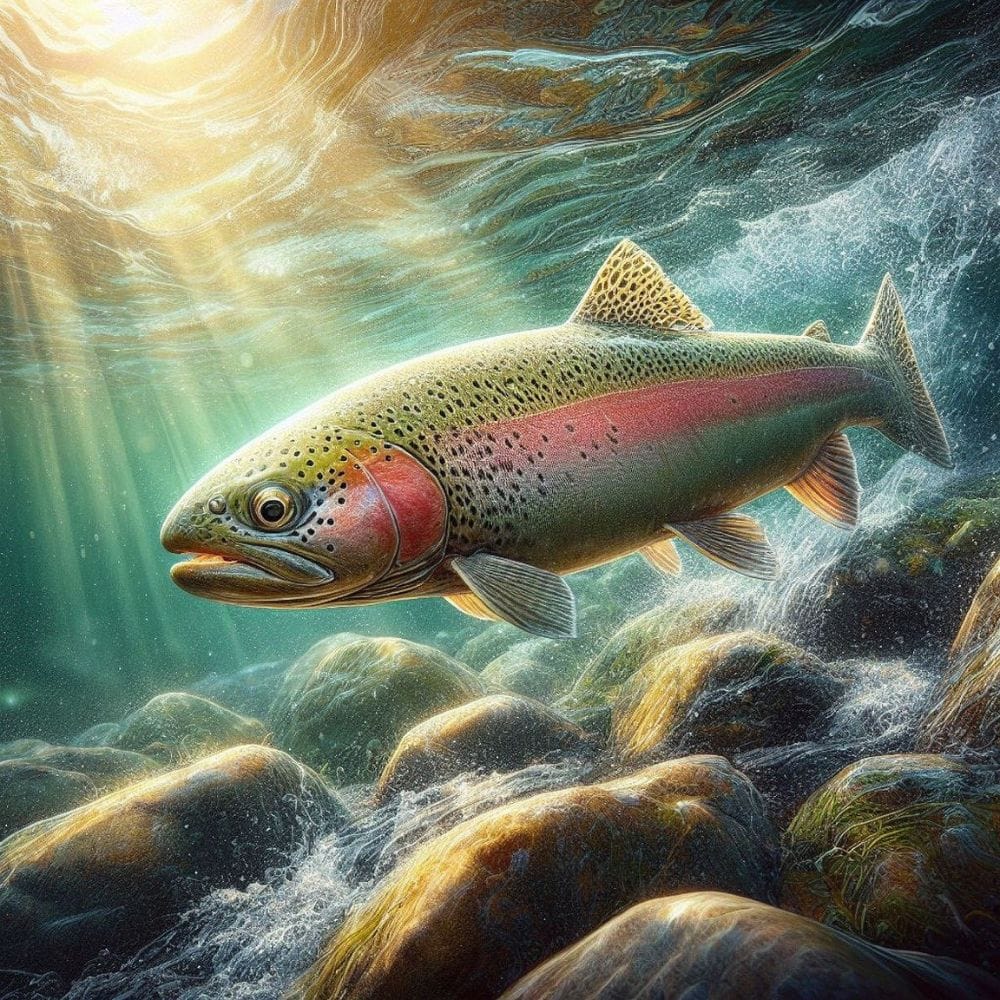
Rainbow Trout: A Popular Species
Rainbow trout are among the most recognized trout species. Native to the Pacific Northwest and extending to the western United States, these fish are known for their vibrant color and adaptability to different environments. They are a favorite among anglers and are also widely stocked in non-native areas.
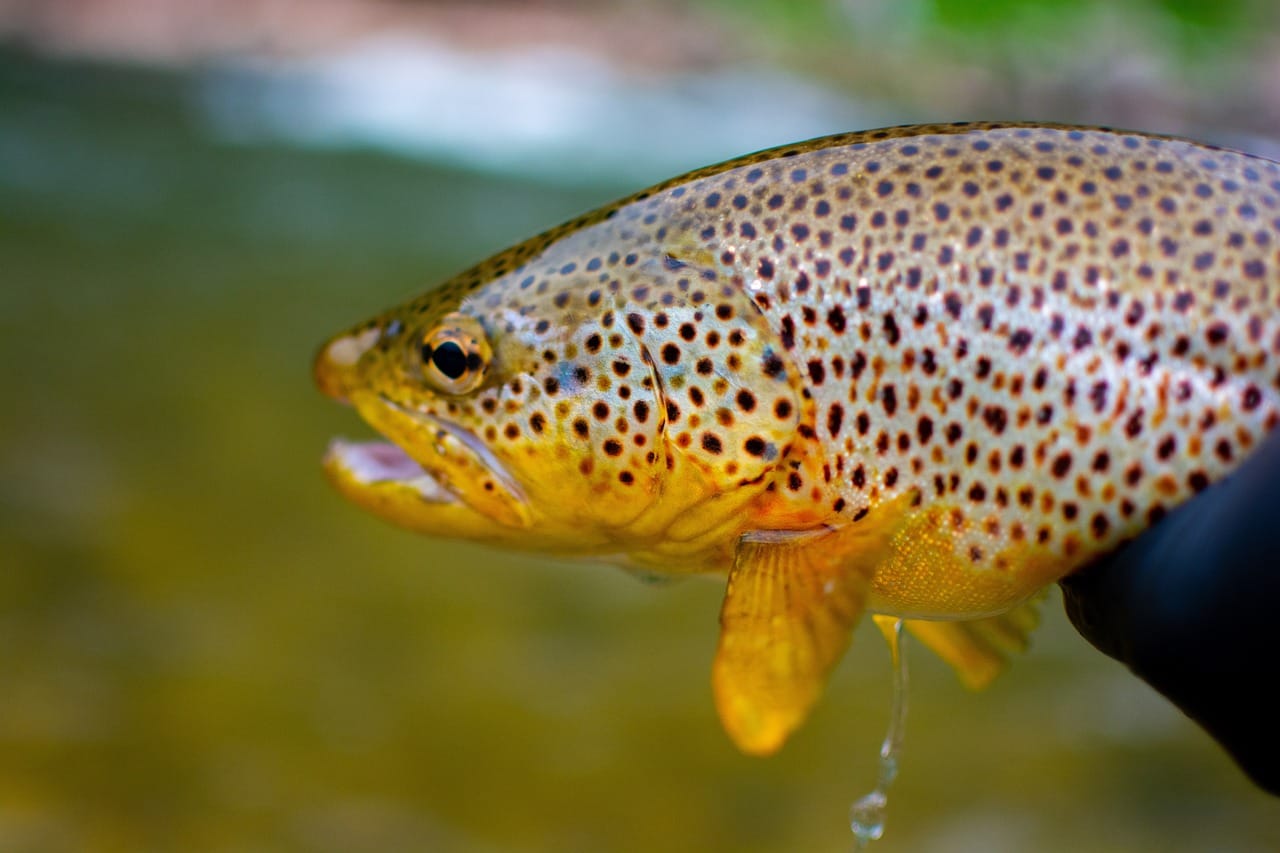
Brown Trout: European Native
Originally from Europe, brown trout (Salmo trutta) have been introduced to various other regions including North America and New Zealand. They can live in both freshwater streams and as anadromous forms (sea trout) that migrate to the ocean but return to freshwater to spawn.
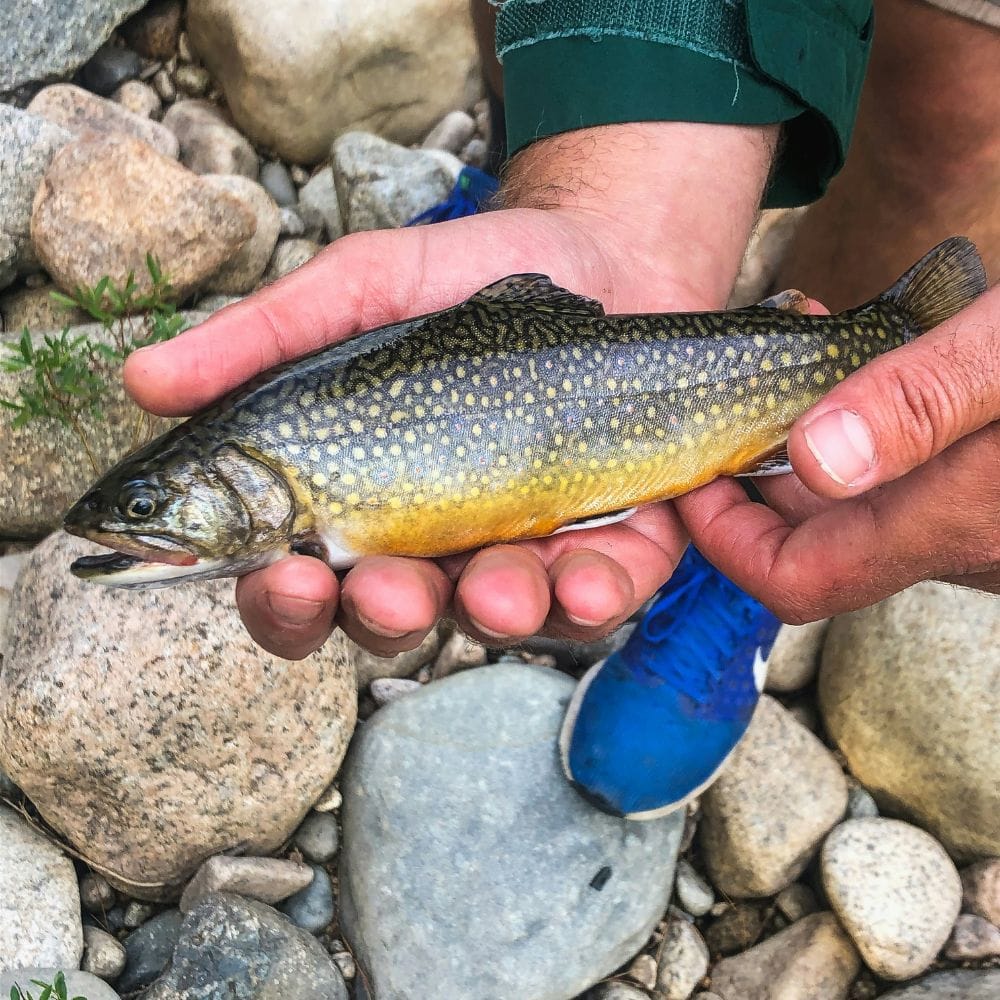
Brook Trout: North America's Native Gem
Brook trout (Salvelinus fontinalis) are actually a member of the char family. Native to the Eastern United States and Southern Canada, these fish thrive in cold, clear, oxygen-rich waters. Their distinctive appearance, marked by a marbled pattern across their backs and dorsal fins, makes them a favorite among anglers.
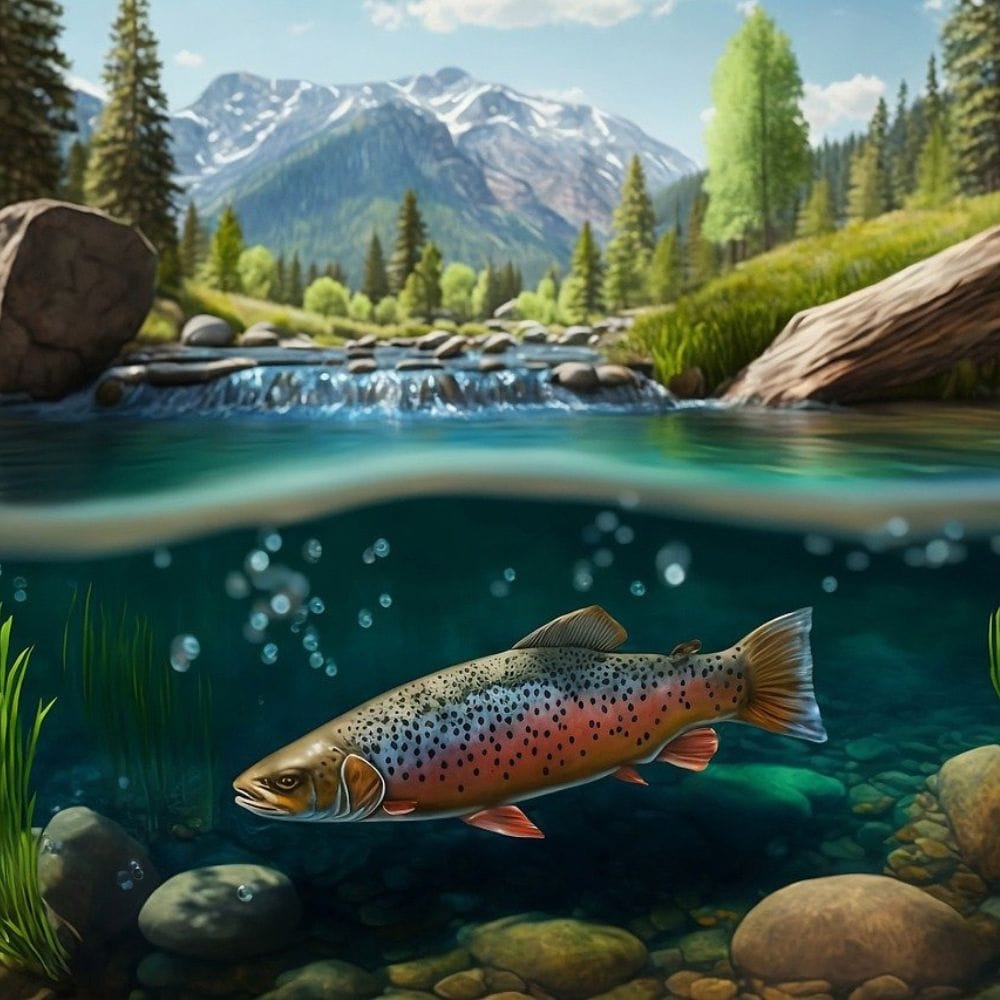
Cutthroat Trout: The Western Native
Cutthroat trout are native to the cold-water tributaries of the Pacific Ocean, Rocky Mountains, and Great Basin regions. They are named for the distinctive red coloration on the underside of their lower jaw.
There are several subspecies, including the Lahontan and greenback cutthroat trout, each adapted to specific local environments.
The Unique Hybrid: Tiger Trout
Tiger trout are a hybrid species, typically a cross between a female brown trout and a male brook trout. They are sterile and known for their aggressive behavior and distinct tiger-like stripes. Tiger trout are often stocked in freshwater areas to control other smaller, more prolific fish species.
Exploring Trout Fishing Techniques
Trout fishing is an art as much as it is a science. Whether you're wading through a serene river or casting from a shady bank, the thrill of catching trout never fades. For beginners, understanding the behavior of trout during different seasons can significantly improve your catch rate.
During spawning season, for instance, trout are more aggressive, making them more likely to bite. Techniques vary from fly fishing, where you mimic the insects trout eat, to spin fishing, which often uses shiny lures that attract these visually keen fish.
Advanced anglers often focus on specific trout species, like the elusive golden trout or the robust lake trout. Each species may require different tactics. For example, catching the agile rainbow trout might involve using lighter tackle and smaller flies to match their diet of smaller insects and crustaceans.
On the other hand, targeting big brown trout might mean switching to larger, meatier flies that imitate small fish or large aquatic insects. Understanding these nuances can turn an ordinary fishing trip into a memorable adventure, teeming with tales of the one that didn’t get away.
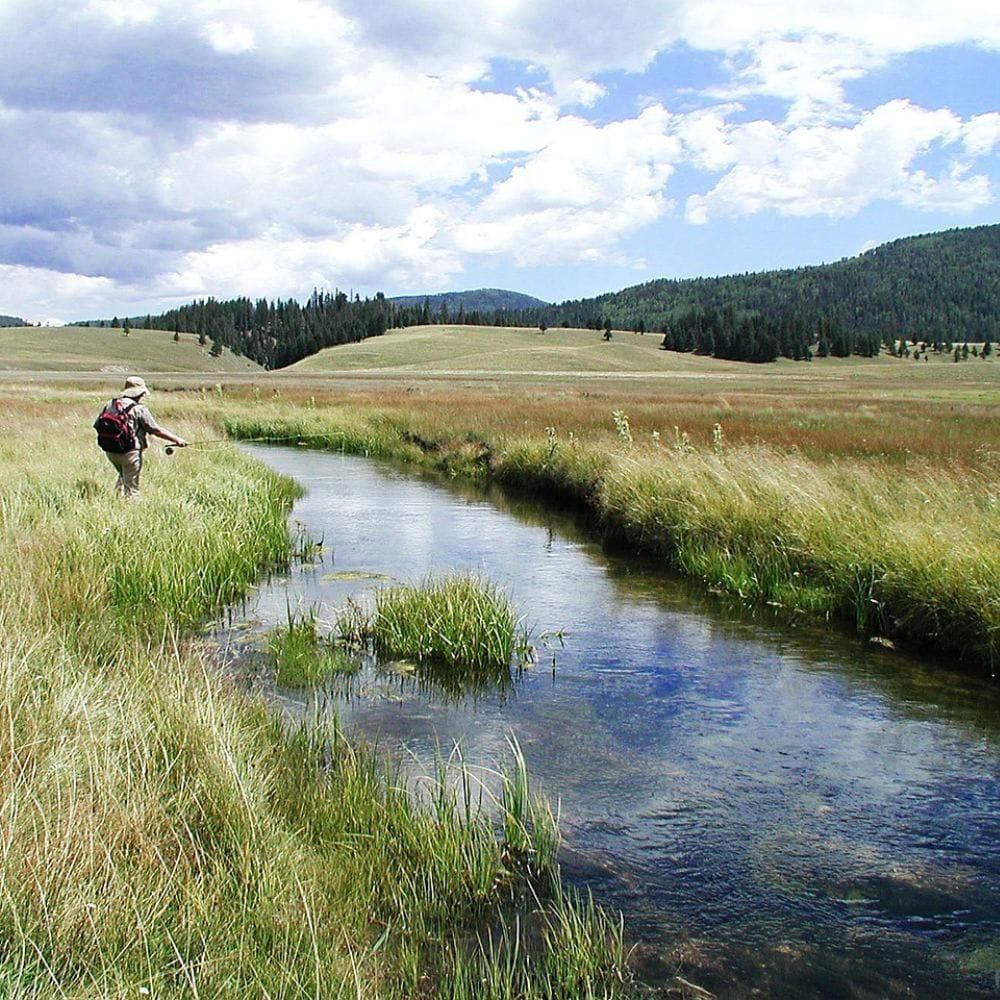
The Art of Catching Speckled Trout
Speckled trout, also known as grey trout in some regions, are a favorite target for anglers due to their feisty nature and delicious taste. These fish thrive in coastal waters and are particularly abundant in estuaries where freshwater meets the sea. The key to catching speckled trout lies in understanding their behavior.
They are often found lurking around structures like docks and grass beds, waiting to ambush prey. Using live bait such as shrimp or mimicking their natural diet with soft plastics can significantly increase your chances of a successful catch.
For the trout fisherman, timing and technique are everything. Speckled trout are most active during cooler parts of the day, such as early morning or late evening. During these times, they are more likely to feed aggressively, making them easier to lure.
Additionally, understanding the tides can play a crucial role in speckled trout fishing. They tend to feed more actively during moving tides, as the currents bring food to them. By aligning your fishing trips with these natural rhythms, you can enhance your chances of hooking this elusive and rewarding member of the trout family.
Trout Fishing Seasons and Regulations
Fishing for trout isn't just a cast into the water; it's a dance with timing and rules. Different regions have specific seasons for fishing trout to ensure populations thrive. For instance, in the Great Lakes, regulations are stringent to protect both native and stocked trout.
These rules often change based on the health of the fish populations and environmental conditions. Anglers looking to catch trout, especially sought-after species like cutthroat and rainbow trout, must stay updated on local regulations to ensure their fishing adventures are both legal and fruitful.
Moreover, the timing of your fishing trip can dramatically affect your success. For example, river trout and other trout species are more active during cooler parts of the day and the year. Early morning or late evening during spring or fall can be prime times for fishing.
Understanding these patterns not only increases your chances of a good catch but also immerses you in the rhythm of nature, making fishing a more rewarding experience. Whether you're after wild fish in remote trout streams or stocked fish in local lakes, timing and knowledge are your best lures.
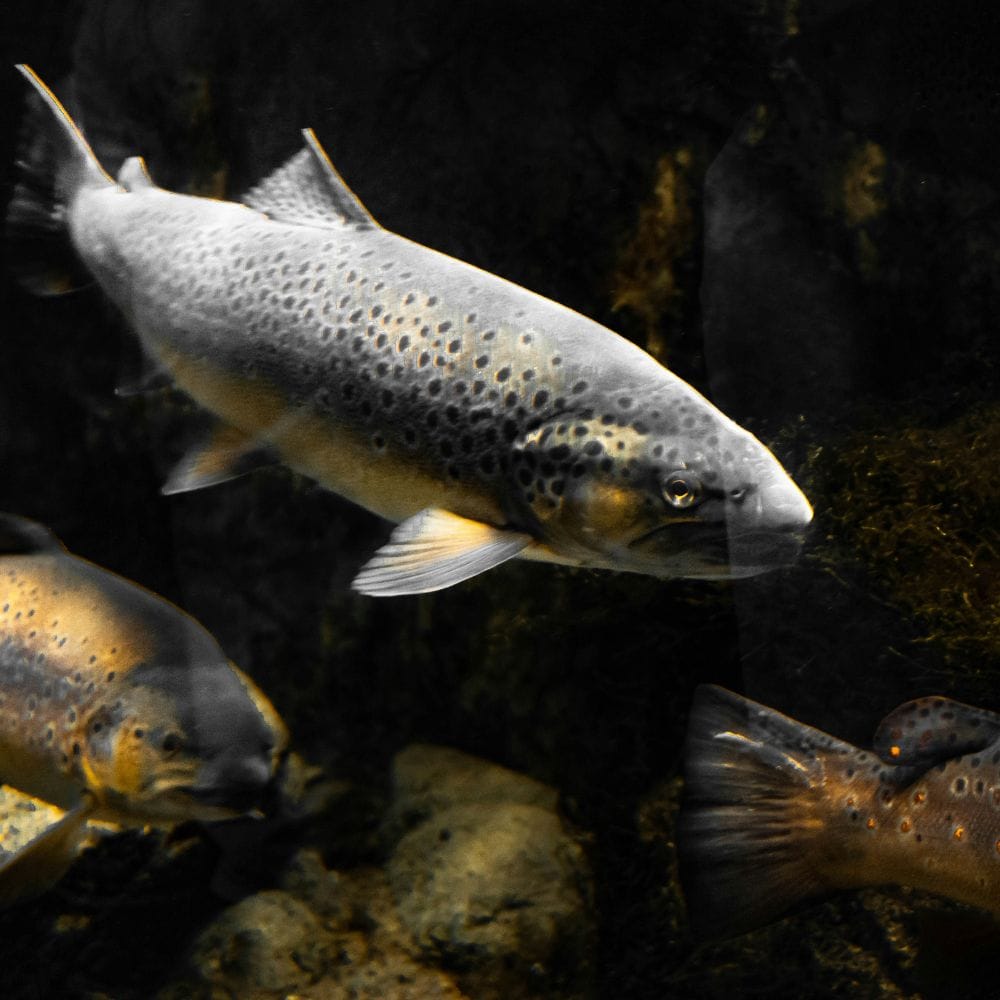
The Connection Between Trout and Other Fish Species
When exploring the vibrant tapestry of aquatic life, the relationship between trout and other fish species, such as Pacific salmon and Arctic char, offers a fascinating study.
Both trout and Pacific salmon share similar habitats and life cycles, often leading to competitive interactions yet also contributing to a dynamic ecosystem. For instance, in regions where their habitats overlap, such as in the cold, freshwater streams of the Pacific Northwest, these interactions can influence the population dynamics and behaviors of each species.
Moreover, trout often find themselves in a complex dance with species like the Arctic char. In areas where both trout and Arctic char reside, such as the chilly waters of northern Canada, they sometimes compete for similar food sources, including smaller fish and aquatic invertebrates.
This competition can lead to unique adaptations and survival strategies, highlighting the interconnectedness of aquatic ecosystems and the role each species plays in maintaining ecological balance.
Discovering Smaller Trout Species
When you're on the hunt to find trout, don't overlook the charm of the smaller trout species that often slip under the radar. These diminutive swimmers, like the vibrantly colored Sunapee trout or the elusive Mexican Golden trout, offer a unique angling challenge.
Anglers often praise these species for their spirited fight despite their size, making them a prized catch for those who appreciate the subtleties of trout fishing. Their habitats are usually tucked away in serene, less disturbed waters, providing a perfect escape for those looking to connect with nature in quieter, less trodden paths.
Moreover, these smaller species are not just a test of fishing prowess but are also critical indicators of the ecological health of their environments. Conserving these little giants of the stream is crucial as they contribute to the biodiversity and the overall balance of aquatic ecosystems.
Initiatives aimed at preserving their habitats are gaining momentum, driven by both local angler communities and global conservation efforts. By casting a spotlight on these smaller species, anglers and conservationists alike play a pivotal role in maintaining the vibrancy and health of our waterways.
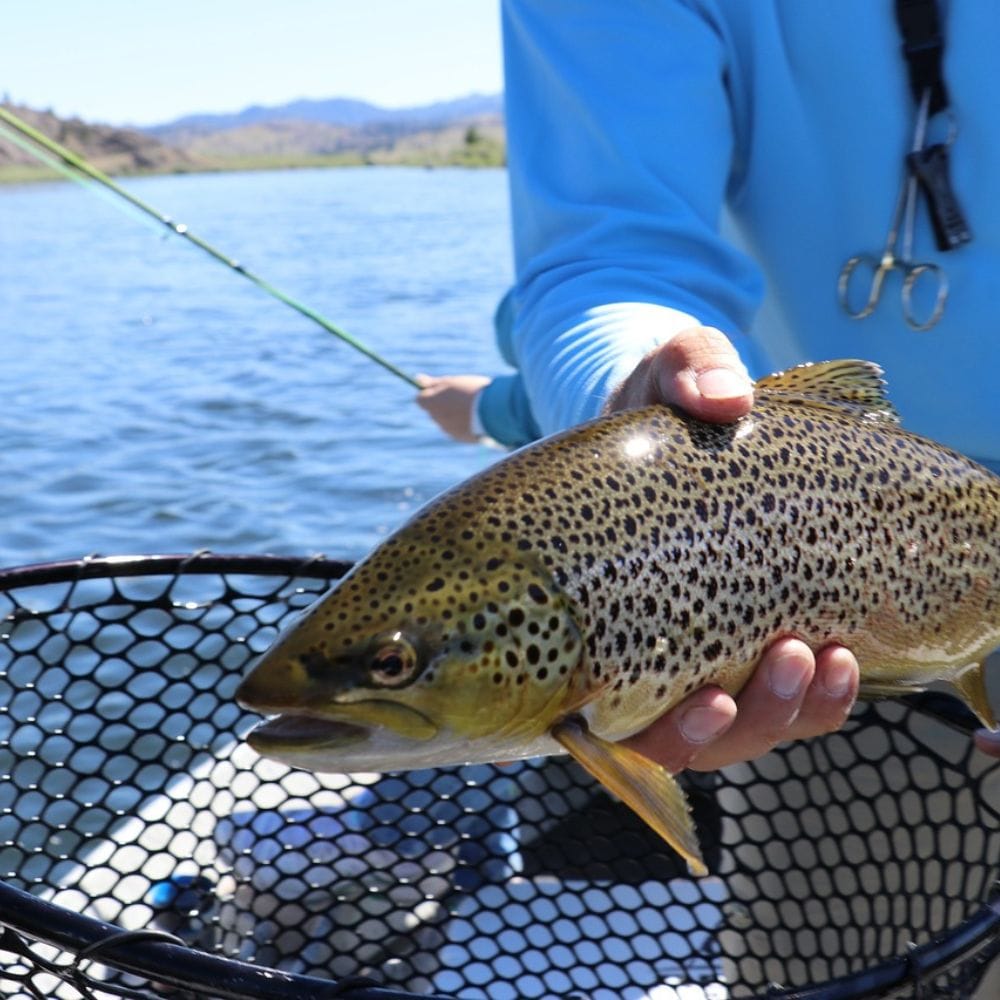
Where to Find Trout: Unveiling Prime Locations
Finding the ideal spots to fish for trout can feel like uncovering hidden treasure. For many anglers, the quest begins with understanding the water type and conditions that different trout species prefer.
For instance, Rainbow trout are often found in cool, oxygen-rich streams and lakes, while Brown trout may favor slightly warmer waters with abundant cover. Knowing these preferences can significantly increase your chances of a successful catch, turning an ordinary fishing trip into an exhilarating adventure.
In addition to water conditions, seasonal changes play a crucial role in determining where trout may be located. During the spring spawn, for example, many trout species migrate to shallow waters, making them more accessible to anglers.
Conversely, in the heat of summer, trout often retreat to deeper, cooler waters to escape the warmth. By aligning your fishing trips with these seasonal patterns and understanding the specific needs and behaviors of trout, you're more likely to find these elusive creatures and enjoy a fruitful day of fishing.
The Lifecycle and Development of Young Trout
Understanding the early stages of trout life offers a window into the resilience and adaptability of these fish. Young trout, or fry, begin their journey with numerous challenges, from predators to environmental stresses.
Their survival is crucial not only for the continuation of their species but also for maintaining the health of aquatic ecosystems where they often serve as both predator and prey. The presence of young trout in water bodies indicates healthy water quality and a balanced ecosystem, which supports a variety of other aquatic life forms.
As these young trout grow, their interactions with the environment and other fish play a pivotal role in their development. For instance, in ecosystems where trout coexist with fish like Pacific salmon, young trout might benefit from the nutrient-rich waters influenced by salmon activities, such as spawning.
This relationship not only helps the trout thrive but also illustrates the intricate web of dependency among different species within freshwater habitats. This dynamic is essential for anglers and conservationists alike to understand as they work to preserve these critical aquatic environments and ensure the sustainability of trout populations.
The Intricacies of Trout Lures and Baits
Choosing the right lure or bait can turn an ordinary fishing trip into an extraordinary one. Trout, particularly species like the redband trout and westslope cutthroat trout, are known for their wariness and selective feeding habits.
Anglers often find that flies are the most effective, as many trout species, including the elusive native species, are inclined to eat flies that mimic local insects. The art of fly fishing, matching the hatch, becomes a strategic aspect of trout fishing that can be both challenging and intensely satisfying.
On the other hand, for those targeting larger species like the female lake trout in the depths of the Great Lakes or the Pacific coast, heavier lures and baits might be necessary. These fish are often less interested in surface insects and more in baitfish or jigs that simulate the prey found in deeper waters.
Whether you're a novice trying to find rainbow trout in a serene mountain stream or an experienced angler battling the currents for Atlantic salmon, choosing the right bait is a critical step that can dictate the day's success.

Exploring the World of Hybrid and Lesser-Known Trout Species
Hybrid trout, such as the cutbow trout—a cross between a cutthroat and a rainbow trout—offer a fascinating glimpse into the genetic diversity within the trout family. These hybrids often exhibit a blend of characteristics from both parent species, such as the vibrant orange spots of the cutthroat and the sturdy build of the rainbow trout.
Hybrid trout are typically created either naturally in the wild where the ranges of two species overlap or through deliberate stocking efforts aimed at enhancing angler experiences and managing native populations.
On the other hand, the world of trout also includes several smaller, lesser-known species that are equally intriguing. The California golden trout, for instance, is a distinct species native to the high-altitude streams of the Sierra Nevada mountains.
Known for its striking golden hue and sparse, large spots, this trout is not only a favorite among anglers but also an important indicator of ecological health. Protecting these lesser-known species is crucial as they often have very specific habitat requirements and can be vulnerable to environmental changes.
The Role of Trout in Ecosystems
Trout play a pivotal role in aquatic ecosystems. As both predator and prey, they help maintain the balance of their environments. Smaller fish and aquatic invertebrates form the bulk of the diet for most trout species, which in turn are preyed upon by larger predators such as bears and birds of prey.
This interaction is crucial for the health of aquatic systems, ensuring that populations of other species are kept in check, which helps to prevent overpopulation and the depletion of resources.
Moreover, trout are often used as indicators of ecological health. Clean, cold, oxygen-rich waters are necessary for their survival, making their presence a good sign of water quality.
Efforts to conserve native trout populations, such as the westslope cutthroat and the Lahontan cutthroat trout, are not just about preserving a single species but are about maintaining the integrity of an entire ecosystem.
These conservation efforts often lead to broader environmental benefits, such as improved water quality and restored natural habitats that support a diverse range of other species.

Dolly Varden Trout: Icon of the North
Found in the cold waters of the Pacific Northwest and parts of Asia, Dolly Varden trout are another char-relative. They are often mistaken for bull trout, with whom they share overlapping territories. Dolly Vardens are crucial to their native ecosystems and are a popular target for sport fishing.
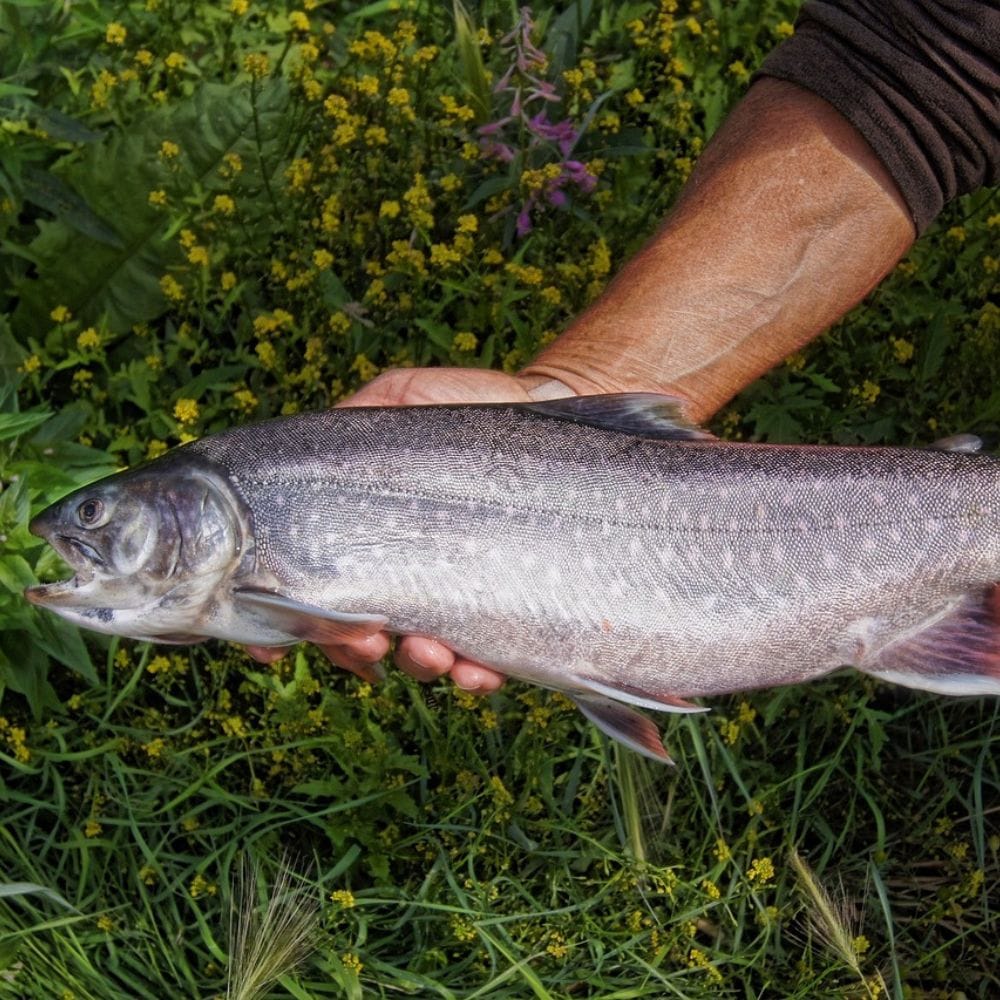
Apache and Gila Trout: Southwest Natives
Apache trout and Gila trout are native to the streams of the southwestern United States. Both species have faced significant threats from habitat loss and are considered rare. Conservation efforts in recent years have focused on restoring their populations and habitats.
Golden Rainbow Trout and Palomino Trout
Golden rainbow trout, sometimes called palomino trout, are a color variant of the rainbow trout. They display a vibrant, golden hue rather than the typical rainbow coloration. These fish are popular in stocked waters due to their striking appearance and the challenge they pose to anglers.
Sea Trout: The Anadromous Brown Trout
Sea trout is a term often used to describe anadromous forms of brown trout. These fish spend a significant part of their lives in the ocean but return to freshwater to spawn. They are larger and generally more robust than their freshwater counterparts, making them a prized catch for fishermen.
The Lesser-Known Trout: Paiute, Sunapee, and Mexican Golden Trout
Paiute cutthroat trout, Sunapee trout, and Mexican golden trout are among the lesser-known species. Each of these trout has a very limited range and faces threats from habitat degradation and competition with more dominant trout species.
Trout in Culture and Cuisine
Trout are not only significant to ecosystems but also to cultural traditions and cuisines around the world. They are celebrated in festivals, culinary dishes, and folklore, highlighting their importance beyond just being a target for anglers.

Conservation Efforts for Trout Diversity
Conservation of trout species involves habitat restoration, pollution control, and careful management of fishing practices. Efforts to protect the diverse species of trout are critical to maintaining the ecological balance and ensuring that future generations can also enjoy these colorful fish.
Some Final Thoughts
Trout species vary widely across different regions and habitats, each adapted to specific environmental conditions.
From the well-known rainbow and brown trout to the less common Apache and Mexican golden trout, understanding the diversity among these species is crucial for both effective conservation and enhanced fishing experiences. Efforts to protect and restore trout populations are vital for ecological health and recreational fishing industries worldwide.
FAQ's
What is the most common type of trout found in North America?
The most common types of trout in North America are the rainbow trout and the brown trout, both of which are popular among anglers and widely distributed across various freshwater habitats.
How can I identify different trout species?
Identifying trout species can be done by examining features such as color patterns, scale size, the shape of the dorsal fin, and body shape. Local fishing guides and wildlife agencies can also provide detailed information and identification charts.
Why is trout diversity important?
Trout diversity is important for ecological balance. Each trout species plays a specific role in its habitat, contributing to the health of aquatic ecosystems. Maintaining diversity also ensures robust genetic stocks, which help populations adapt to changing environmental conditions.
How many different types of trout are there?
There are several species of trout worldwide, but the most well-known include rainbow trout, brown trout, brook trout, cutthroat trout, and lake trout. In total, there are over 50 recognized species of trout.
What are the main differences between rainbow trout and brown trout?
Rainbow trout typically have a pinkish stripe along their sides, while brown trout have brown or olive-colored bodies with scattered black and red spots. Behaviorally, rainbow trout are often more acrobatic when hooked, while brown trout tend to be more elusive and wary.
Where can different types of trout be found?
Rainbow trout are native to North America but have been introduced to many countries worldwide. Brown trout are native to Europe but have also been introduced globally. Brook trout are native to eastern North America. Cutthroat trout are native to western North America. Lake trout are primarily found in North America, particularly in the Great Lakes region and northern Canada.
Are there any endangered species of trout?
Yes, several species of trout are classified as threatened or endangered due to habitat destruction, overfishing, pollution, and competition with non-native species. For example, the Apache trout, a native of Arizona, is listed as endangered due to habitat loss and hybridization with non-native trout species.
Do all types of trout inhabit freshwater environments?
While most trout species are found in freshwater environments such as rivers, streams, lakes, and ponds, some species, like steelhead trout (a form of rainbow trout), are anadromous, meaning they migrate between freshwater and saltwater. Steelhead trout spawn in freshwater but spend a portion of their lives in the ocean before returning to freshwater to reproduce.





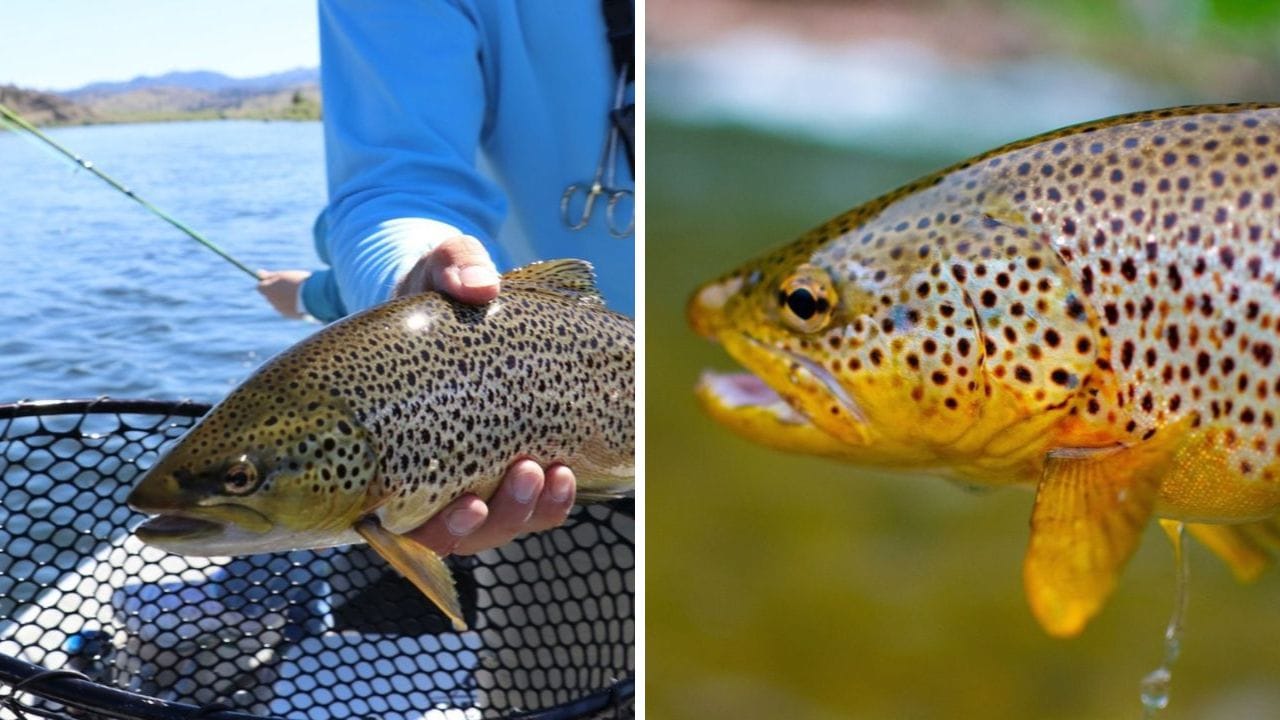




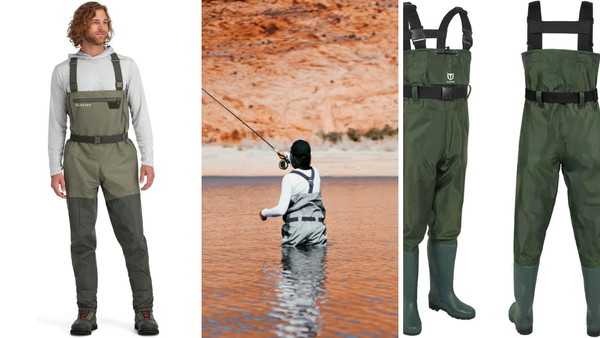


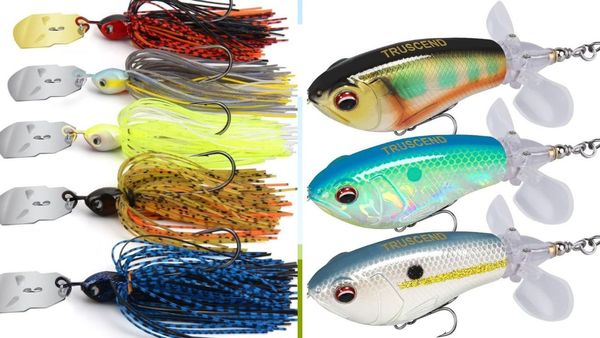

Member discussion